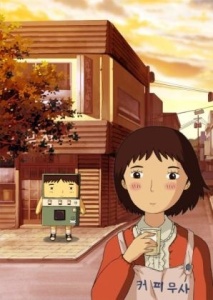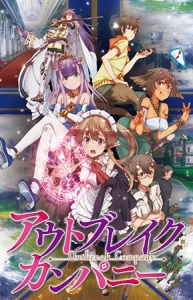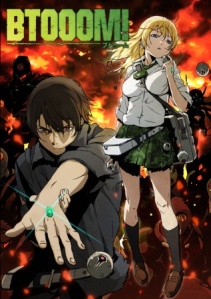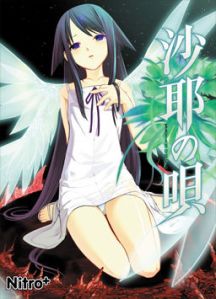And with Serial Experiments Lain, I’ve now written and uploaded 150 of these blurbs. A few months ago I’d put together an alphabetised list of the works and series recommended here. I’ve been keeping it updated, but it’s dropped way off of the front page and was too long to keep stickied.
So to celebrate, here is the list again, and I’ll keep this post up front where it can be easily found.








